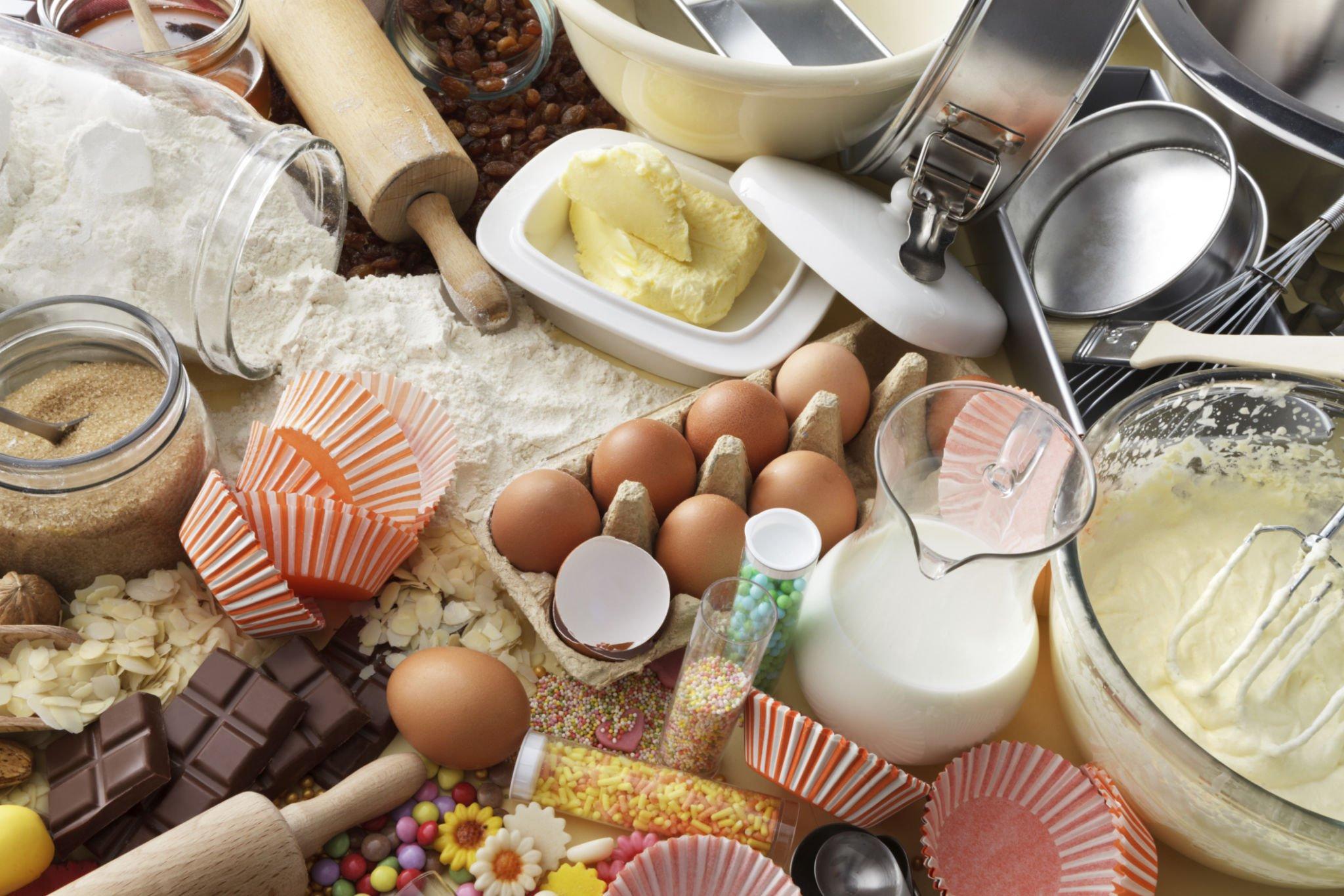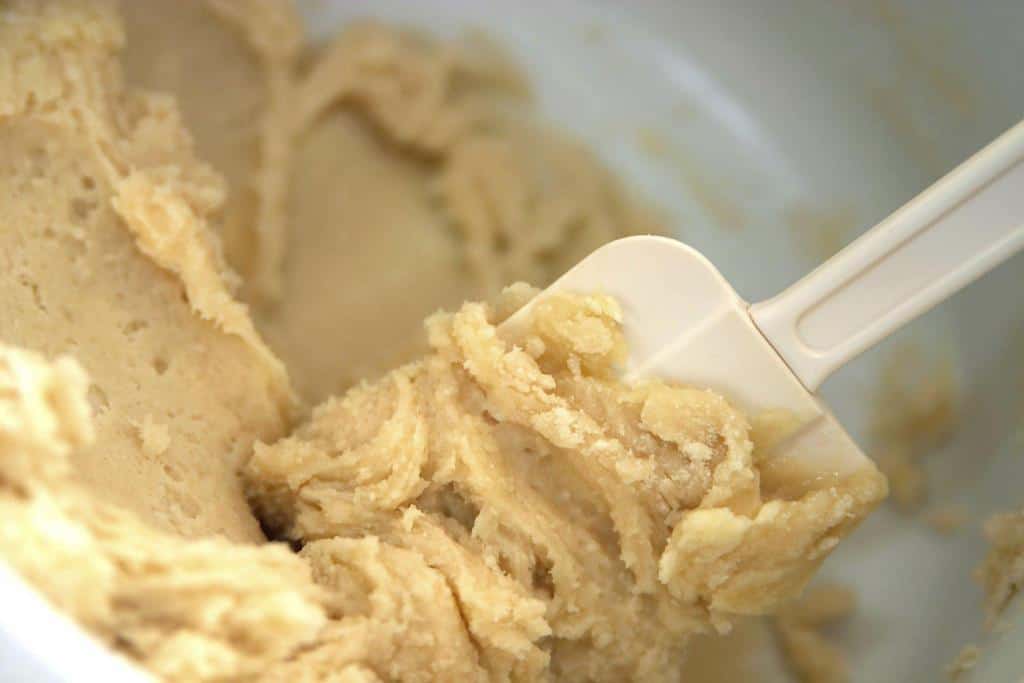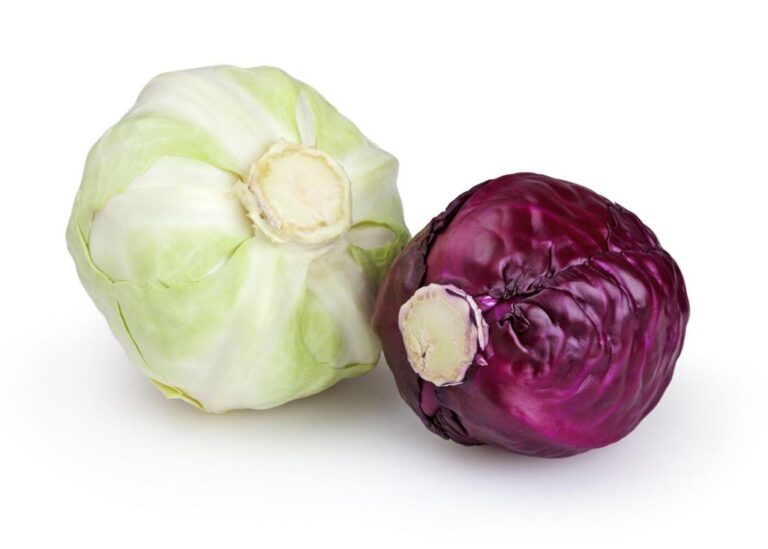Too Much Milk Muffin Mix: How To Thicken Up and Rescue Muffin Mix

There’s nothing quite like the anticipation of homemade muffins fresh from the oven. The tantalizing aroma, the promise of a warm, soft crumb, and the burst of flavor in every bite—muffins are a delightful treat that can elevate any moment.
But what happens when your carefully measured ingredients lead to a muffin mix disaster, leaving you with batter that’s more like a watery puddle than a promising batch?
In the world of baking, too much milk in your muffin mix is a common pitfall. It’s the culinary equivalent of a plot twist in a suspenseful novel—unexpected and potentially disastrous.
But fear not, for in the realm of muffin-making, there’s always a way to turn the tale around. With a few clever tricks and a touch of culinary magic, you can rescue your muffin mix and still savor those delectable, homemade muffins you’ve been dreaming of.
In this guide, we’re about to embark on a journey to uncover the secrets of thickening up and rescuing your muffin mix, so you can indulge in the joy of muffin perfection once more.
Why Can Too Much Milk Muffin Mix Be a Problem?
Before we dive into the solutions, let’s understand why too much milk in your muffin mix can be problematic. The ideal muffin batter should have a certain consistency—thick enough to hold its shape but not so thick that it becomes a dense, dry lump after baking.
Excess milk can lead to a runny batter, which can result in muffins that are less than perfect. The excess moisture can cause the muffins to stick to the paper liners or the sides of the muffins, making them difficult to eat. Additionally, too much milk can cause the muffins to be coarse in texture with large holes and peaked on top instead of being rounded.
So, what causes this dilemma? Often, it’s a result of inaccurately measuring ingredients or misjudging the consistency of the batter. It can also happen when you’re experimenting with a new muffin recipe or adjusting ingredient quantities. Whatever the reason, there are ways to remedy the situation.
How to Tell if the Muffin Batter Is Too Thick or Thin Before Baking
Before you pop your muffin batter into the oven, it’s essential to ensure the consistency is just right. The ideal muffin batter should strike a delicate balance between thickness and pourability. So, how can you tell if it’s too thick or too thin before the baking process begins?
A properly mixed muffin batter should have a texture akin to pancake batter. When you lift your spoon or spatula, it should flow off smoothly, leaving a trail that disappears gradually. It should have some resistance but not be lumpy or overly thick.
If your batter is too thick, it can result in heavy, dense muffins that don’t rise properly during baking. On the other hand, if it’s too thin, your muffins might turn out flat and overly moist.
If you’re unsure about the consistency of your muffin batter, it’s always a good practice to follow the recipe’s instructions diligently. However, if you find that the batter doesn’t meet the description we’ve outlined, you can make adjustments by adding a bit more of the dry ingredients (usually flour) to thicken it or a bit more of the wet ingredients (like milk) to thin it, all the while mixing gently until you reach that perfect pourable yet slightly thick consistency. With practice, you’ll become a master at gauging the ideal muffin batter texture.
How To Thicken Up and Rescue Muffin Mix

Let’s explore various techniques and tips to rescue your muffin mix when there’s too much milk involved. Consider this your guide to muffin mix salvation.
1. Adjust the Dry Ingredients
One effective way to thicken up your muffin mix is to balance the excess milk by adding more dry ingredients. This might involve increasing the amounts of flour, sugar, or other dry components in your recipe. Here’s a simple table to help you make the necessary adjustments:
| Ingredient | Adjust by: |
| Flour | Add 1-2 tablespoons at a time until the desired consistency is reached. |
| Sugar | Increase by 1-2 tablespoons to maintain sweetness. |
| Baking Powder | Add a pinch more if the batter seems too thin. |
Note: Make sure to adjust these ingredients incrementally, mixing well after each addition, until you achieve the desired batter consistency.
2. Add Binding Agents
To rescue your muffin mix, consider adding ingredients that can help bind the excess liquid. You can use ingredients like:
- Extra flour
- Cornstarch
- Xanthan gum (for gluten-free muffins)
- Ground nuts
- Rolled oats
These ingredients not only thicken your mix but can also add unique flavors and textures to your muffins. Experiment and find the combination that works best for your taste.
3. Yogurt or Sour Cream
Another clever way to save your muffin mix is by incorporating yogurt or sour cream. These dairy products will not only thicken the batter but also add a pleasant, tangy flavor. Add them in small increments while gently folding them into the mix.
Recipe: Stroganoff Veal With Sour Cream and Mushrooms
4. Adjust the Recipe
Sometimes, the best way to rescue your muffin mix is by modifying the recipe itself. Reduce the number of eggs and other wet ingredients in proportion to the excess milk. This approach can be a lifesaver if you’re working with a recipe that you’re not inclined to adjust further.
Salvaging Over-Mixed Muffin Batter: Tips and Techniques
Muffins are those delectable, handheld delights that can brighten your mornings or sweeten your afternoons. Yet, sometimes, in the quest for the perfect muffin, we can inadvertently overwork the batter, leading to a less-than-ideal texture. But fret not, for there are ways to rescue over-mixed muffin batter and restore that irresistible fluffiness.
1. Gentle Folding Technique
Over-mixing muffin batter can make it tough and dense. To counteract this, adopt a gentle folding technique. Use a spatula or wooden spoon, and stir the ingredients until they’re just combined. It’s perfectly fine if a few lumps remain; they’ll disappear during baking, leaving your muffins tender and light.
2. Liquids Last
When adding wet and dry ingredients, always introduce the liquids last. This prevents them from saturating the dry mixture too early in the process, reducing the risk of over-mixing. Patience is key; blend until just combined, and your muffins will reward you with a soft, delicate crumb.
3. Rest the Batter
Once your muffin batter is mixed, let it rest for a few minutes. This allows the flour to fully hydrate and can help improve the texture. Your muffins will be tender, and you’ll marvel at the difference this simple step can make.
Preventing Common Pitfalls When Salvaging Thick Muffin Mix
To prevent your muffin mix from becoming too thick in the first place, it’s essential to understand the potential pitfalls and how to navigate them.
1. Measuring Ingredients
Accurate measurement is crucial. Invest in proper measuring cups and spoons, and follow the recipe diligently. Remember, even a slight deviation can affect the consistency of your batter.
2. Ingredient Order
The order in which you add ingredients matters. Start with your dry ingredients, then add your wet ingredients. Mixing them in the correct sequence can help maintain the desired batter thickness.
3. Adjustments and Experimentation
If your batter does become too thick, don’t be afraid to make adjustments. You can add a bit more of the liquid ingredients (milk, yogurt, etc.) gradually until you achieve the right consistency. Keep notes, so you can replicate your successes and learn from your experiments.
Salvaging over-mixed muffin batter and preventing thick mixes are all part of the delightful art of baking. With these tips and techniques, your muffins will consistently turn out light, tender, and irresistible.
What Are Some Alternatives to Milk in Muffin Recipes?
When it comes to baking muffins, the world of dairy alternatives opens up a realm of possibilities. Whether you’re lactose intolerant, following a vegan diet, or simply looking to switch things up, there are several fantastic milk substitutes that can work wonders in your muffin recipes.
Here’s a handy guide to some of the most popular alternatives, so you can customize your muffins to suit your preferences.
1. Almond Milk: Almond milk is a versatile and mild-flavored option. It adds a subtle nutty essence to your muffins and works well with both sweet and savory recipes. Plus, it’s widely available in stores or easily made at home by blending almonds and water.
2. Soy Milk: Soy milk is another versatile alternative with a neutral flavor profile. It can be a great choice for those who want a creamy texture without a distinctive taste. Soy milk also provides a good source of protein, making it a nutritious option.
3. Coconut Milk: If you’re in the mood for tropical vibes, coconut milk is your go-to option. It lends a rich, creamy, and slightly sweet taste to your muffins. It’s particularly delightful in recipes with tropical fruits or shredded coconut.
4. Oat Milk: Oat milk is known for its creamy consistency and a natural sweetness that can enhance the flavor of your muffins. It’s a wonderful dairy-free alternative, especially for those who have nut allergies.
Read: Can You Drink Sour Oat Milk? Will Sour Oat Milk Make You Sick?
5. Cashew Milk: Cashew milk is a lesser-known but fabulous choice. It offers a creamy texture and a mild, nutty flavor that complements a variety of muffin recipes.
6. Rice Milk: Rice milk is a thinner alternative but can still work in muffin recipes. It’s a great choice for people with nut or soy allergies.
7. Hemp Milk: Hemp milk is a protein-rich option with a slightly nutty taste. It can be a unique addition to muffins, especially those with hearty ingredients like nuts and seeds.
8. Macadamia Milk: Macadamia milk is a creamy and rich choice that pairs well with muffins featuring tropical fruits, coconut, or macadamia nuts. It adds a touch of indulgence to your baked goods.
Feel free to experiment and find the milk alternative that best suits your taste and dietary preferences. You can use these options as a one-to-one replacement for dairy milk in your muffin recipes, and with a bit of creativity, you’ll discover a whole new world of delicious muffin possibilities.
Conclusion
Muffin mishaps happen to the best of us, but with the right knowledge and a bit of creativity, you can save your baking project from too much milk in your muffin mix. Whether you choose to adjust the dry ingredients, add binding agents, or tweak your recipe, you now have the tools to rescue your muffins and turn a potential disaster into a delicious triumph.
So don your apron, grab your mixing bowl, and embrace the art of muffin mastery. Your taste buds will thank you. Happy baking!
FAQs on Excess Milk in Muffin Batter
How does too much milk affect muffin texture?
Excessive milk can make muffins overly moist and dense, compromising their desired fluffy texture.
Can I add water to thin out the muffin mix with excessive milk?
Yes, adding water gradually can help balance the consistency, but it might alter the taste and texture slightly.
Will using less milk affect the taste of the muffins?
Will using less milk affect the taste of the muffins?
Can I salvage over-mixed muffin batter?
Over-mixed batter can be rescued by gently folding in a small amount of flour or liquid to restore the desired consistency.
What is the best way to measure ingredients accurately to avoid adding too much milk?
Precise measuring using proper measuring tools like cups and spoons is crucial for avoiding excessive milk in the mix.
Will adjusting the amount of milk affect the nutritional value of the muffins?
Will adjusting the amount of milk affect the nutritional value of the muffins?
How long can I store muffin mix, and what is the best way to store it to maintain freshness?
Store muffin mix in an airtight container in a cool, dry place for up to 3 months; refrigeration can extend its shelf life.






